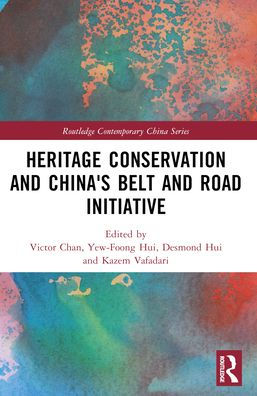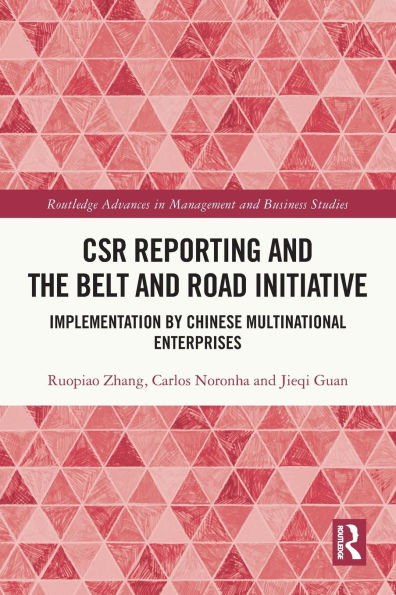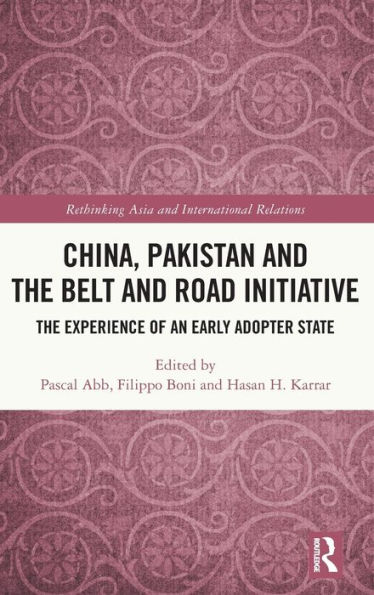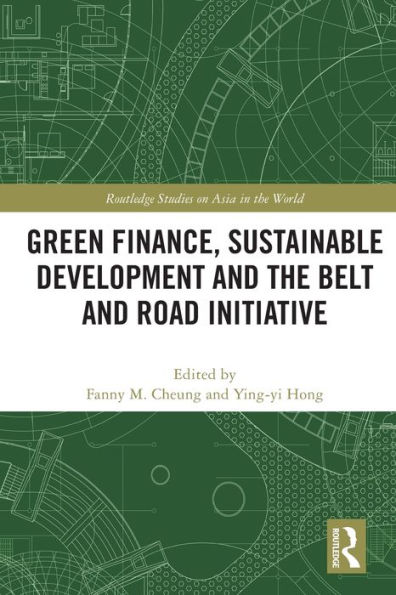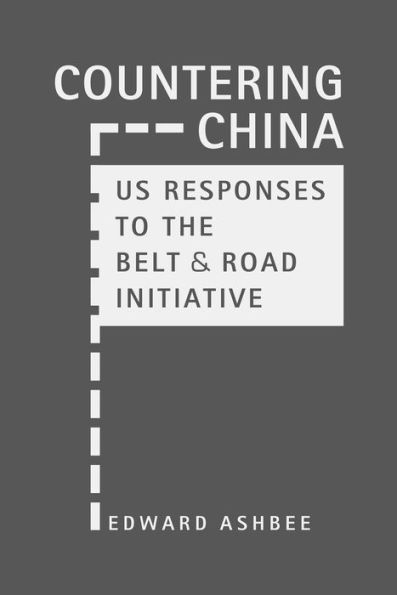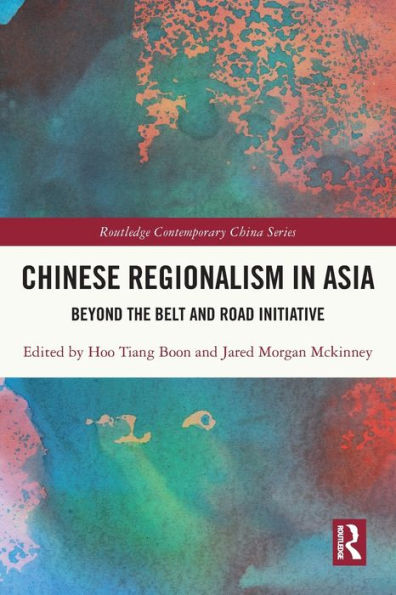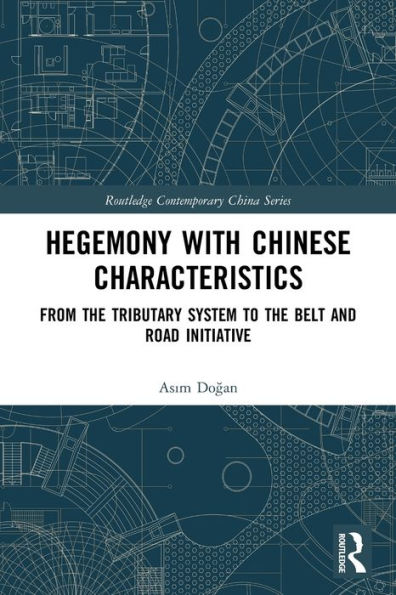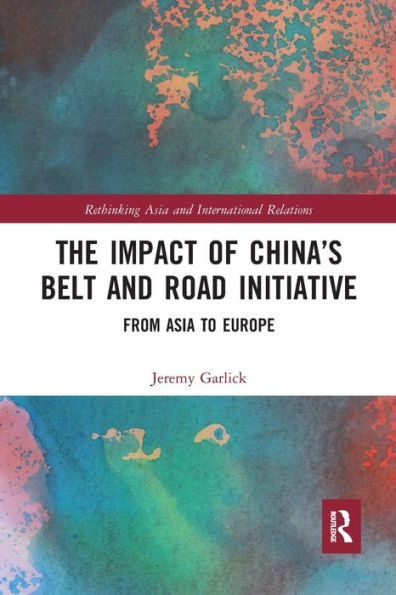Home
Chinese Business and the Belt Road Initiative: Institutional Strategies
Barnes and Noble
Loading Inventory...
Chinese Business and the Belt Road Initiative: Institutional Strategies
Current price: $190.00
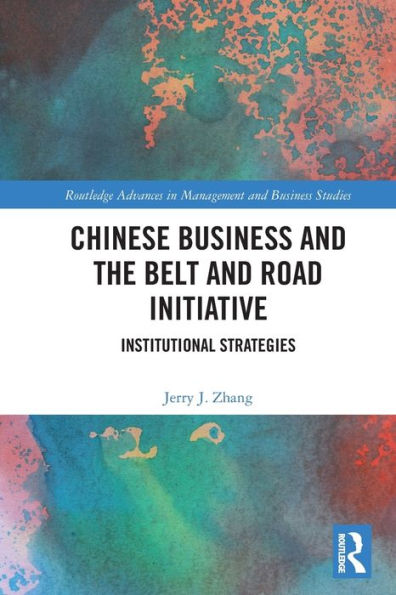
Barnes and Noble
Chinese Business and the Belt Road Initiative: Institutional Strategies
Current price: $190.00
Loading Inventory...
Size: Hardcover
*Product information may vary - to confirm product availability, pricing, shipping and return information please contact Barnes and Noble
This book looks at how Chinese companies optimize investment opportunities while implementing the Belt and Road Initiative (B&R or BRI). Specifically, it studies five high-profile infrastructure projects undertaken by Chinese firms. Going in-depth through case-study analysis, this book fills a gap by providing the background stories of these projects.
By applying a case study approach to five notable and representative B&R projects, including Hambantota Port, the Port de Djibouti, and China–Belarus Industrial Park, it is found that strategies of Chinese firms to implement the BRI have been designed to achieve property rights security, reduction of transaction costs, and internalization of benefits overflowing from expanded business scope or multiple business lines.
With firsthand data from host stakeholders and on-ground project managers, this book is a highly relevant and valuable text for policy makers and researchers hoping to understand the policy impact and implications of B&R investments on targeted countries
By applying a case study approach to five notable and representative B&R projects, including Hambantota Port, the Port de Djibouti, and China–Belarus Industrial Park, it is found that strategies of Chinese firms to implement the BRI have been designed to achieve property rights security, reduction of transaction costs, and internalization of benefits overflowing from expanded business scope or multiple business lines.
With firsthand data from host stakeholders and on-ground project managers, this book is a highly relevant and valuable text for policy makers and researchers hoping to understand the policy impact and implications of B&R investments on targeted countries
This book looks at how Chinese companies optimize investment opportunities while implementing the Belt and Road Initiative (B&R or BRI). Specifically, it studies five high-profile infrastructure projects undertaken by Chinese firms. Going in-depth through case-study analysis, this book fills a gap by providing the background stories of these projects.
By applying a case study approach to five notable and representative B&R projects, including Hambantota Port, the Port de Djibouti, and China–Belarus Industrial Park, it is found that strategies of Chinese firms to implement the BRI have been designed to achieve property rights security, reduction of transaction costs, and internalization of benefits overflowing from expanded business scope or multiple business lines.
With firsthand data from host stakeholders and on-ground project managers, this book is a highly relevant and valuable text for policy makers and researchers hoping to understand the policy impact and implications of B&R investments on targeted countries
By applying a case study approach to five notable and representative B&R projects, including Hambantota Port, the Port de Djibouti, and China–Belarus Industrial Park, it is found that strategies of Chinese firms to implement the BRI have been designed to achieve property rights security, reduction of transaction costs, and internalization of benefits overflowing from expanded business scope or multiple business lines.
With firsthand data from host stakeholders and on-ground project managers, this book is a highly relevant and valuable text for policy makers and researchers hoping to understand the policy impact and implications of B&R investments on targeted countries
